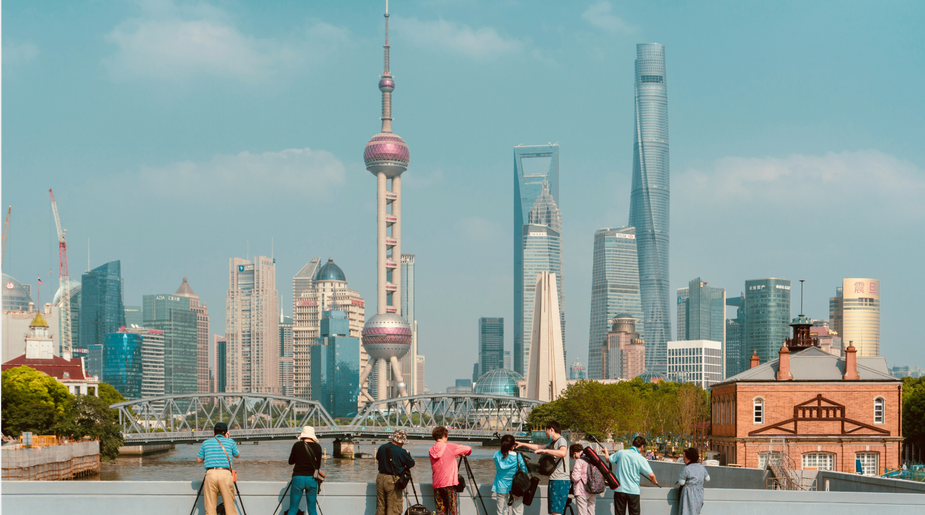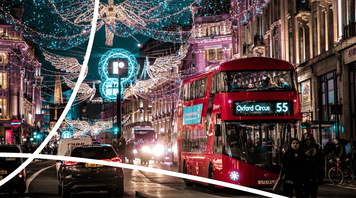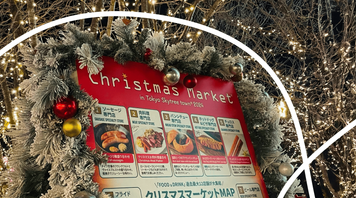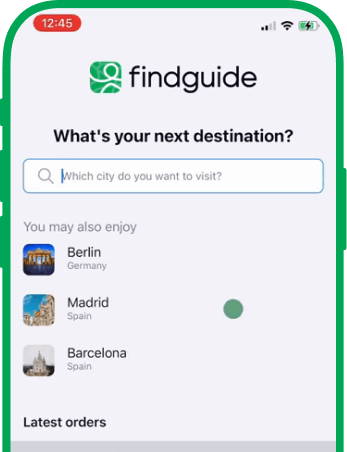
Shanghai in 2 Days: Top Sights, Food & Nightlife
- Shanghai travel
- Shanghai food
- Shanghai nightlife
- Shanghai guide
- Shanghai layover

Shanghai isn’t like Beijing, which leans on imperial history, or Hong Kong, which thrives on island energy. Instead, Shanghai is all about contrast. A 16th-century garden can sit just steps away from glowing neon streets, while a centuries-old temple casts its shadow beneath a 21st-century skyscraper. In this city, the past and future don’t just coexist, they collide at every corner.
If you only have 48 hours, don’t worry. Here’s a practical, doable guide to Shanghai, covering what to eat, what to see, and how to actually make sense of this endlessly fascinating city.
Must-See Attractions in Shanghai for a 2-Day Stopover
The Bund feels like the place where Shanghai truly reveals itself. On one side, elegant colonial-era buildings line the street, their stately facades reflecting Shanghai’s past as a global trading hub. On the other, across the Huangpu River, the futuristic skyline of Pudong rises like a vision of tomorrow, with glass towers and neon lights that sparkle especially at night, so it’s worth coming back again after dark.
Travel tip: come just before sunset, grab a spot on the riverside, and stay until the lights switch on — you’ll get two different Bund experiences in one visit.
Yu Garden and Bazaar is a place where time seems to bend. Every corner feels carefully composed, like a living painting designed for reflection and quiet moments. But step outside, and suddenly you’re thrown into the lively chaos of the bazaar — steaming food stalls, bright lanterns, and vendors calling out as they sell everything from dumplings to jade trinkets. The contrast between the peaceful garden and the bustling market is exactly what makes this spot so unforgettable.
Travel tip: arrive early in the morning before tour groups show up, then reward yourself afterward with fresh soup dumplings (xiaolongbao) in one of the nearby teahouses.
Shanghai Tower shows you the city from a perspective that almost doesn’t feel real. The elevator ride itself is thrilling. From the observation deck, the Huangpu River curves gracefully through the metropolis, and at night, the city turns into an endless sea of neon lights.
Travel tip: go just before nightfall — that way you’ll see the city both in daylight and as it lights up after dark, without having to queue twice.
Longhua Temple offers a completely different rhythm of Shanghai. The ancient pagoda stands quietly in the center, surrounded by shrines and prayer halls where locals still come to light candles and offer prayers. It’s the kind of place that makes you slow your pace, notice the details, and appreciate the sense of continuity in a city otherwise rushing into the future.
Travel tip: visit in the morning when the temple is less crowded, and take a moment to sit quietly in the courtyard — it’s one of the most peaceful experiences you can find in Shanghai.
Best Food to Try in Shanghai During a Layover

Soup Dumplings (Xiao Long Bao) — You can’t visit Shanghai without trying these little pockets of pork and broth. For the authentic local experience, head to Jia Jia Tang Bao — it’s small and simple, but the dumplings are worth lining up for. If you prefer a more comfortable spot with consistent quality, Din Tai Fung is a solid choice. Either way, go slow — that soup inside is hot!
Yunnan Flavors at Lost Heaven — A great option if you want dinner with a twist. The food is full of bold, earthy Yunnan spices and subtle tropical flavors, served in a stylish, moody setting. It’s classic Chinese food, but not what you usually get in Shanghai.
Drinks with a View at Bar Rouge — A Shanghai must-do. Right on the Bund, it’s the place for cocktails with the Pudong skyline sparkling across the river. The vibe is lively and fun, perfect for soaking in the city lights.
Street Food at Shouning Road Night Market — For late-night bites, this market is unbeatable. Stalls grill garlic-soaked crayfish, sizzling meat skewers, and all sorts of messy, flavorful snacks. It’s noisy, smoky, and chaotic — and that’s exactly why it’s so good.
Exploring Shanghai’s Culture and Neighborhoods

Former French Concession is where the pace of Shanghai slows and elegance takes over. Wandering down its leafy boulevards lined with plane trees, you’ll stumble upon art deco villas, boutique cafés, and hidden courtyards that feel far removed from the neon chaos of the city center. It’s Europe with dumplings — and it’s easy to lose an afternoon here just wandering.
Tianzifang is a maze of narrow alleyways that mixes the charm of the old with the creativity of the new. Teahouses, tiny galleries, artisan workshops, and quirky boutiques squeeze into every corner. Yes, it’s tourist-heavy, but that doesn’t take away from its charm. A coffee in one of the little courtyards is the perfect way to pause and soak it all in.
Xintiandi is Shanghai’s sleek face of reinvention. Historic shikumen houses — the city’s signature stone-gated homes — have been carefully preserved and turned into a district of upscale restaurants, bars, and boutiques. At night it buzzes with energy, and it’s a great place to mix dining with people-watching.
West Bund & the Power Station of Art show Shanghai’s creative side far away from the tourist core. The riverside promenade here is perfect for a relaxed stroll, and the Power Station of Art — housed in a converted industrial building — offers cutting-edge exhibitions in a space that feels raw and exciting. It’s where you go when you want to see the city beyond its clichés.
Practical Travel Tips for a Shanghai Stopover
Language can be a real barrier, as English isn’t widely spoken outside of hotels, airports, and upscale restaurants. A translation app can help in everyday situations, but if you only have a short time in the city, consider joining a guide-led tour for part of your stay — it smooths out a lot of potential frustration.
Transport is one of Shanghai’s strengths. The metro is clean, cheap, and covers nearly every area you’ll want to visit. Taxis, on the other hand, can be tricky if you don’t speak Chinese or have your destination written in characters, as many drivers don’t understand English. Ride-hailing apps like DiDi (China’s Uber) can be a lifesaver.
Money is something to prepare for in advance. While big hotels and international restaurants accept cards, many local shops and street vendors only take cash in RMB. Mobile payments like Alipay and WeChat Pay dominate daily life, but they’re not easy to set up without a Chinese bank account, so keeping some cash on hand will make things far easier.
Do You Need a Private Guide in Shanghai?
In a word: yes. A short stay can feel overwhelming without local help. Shanghai is vast, layered, and full of hidden details you might miss. A guide won’t just translate — they’ll point you to the dumpling stall with no sign, explain temple traditions, and help you understand the city beyond its surface.
How to Find a Reliable Shanghai Guide

Skip the guesswork and try FindGuide, an app that connects travelers with local experts. Whether you’re after food tours, photography walks, or history lessons, FindGuide matches you with people who actually know and love their city. For a whirlwind Shanghai layover, this is the difference between ticking off sights and truly experiencing them.
Final Thoughts
Two days in Shanghai won’t make you an expert, but it will give you a taste — the flavors of dumplings, the glow of neon, the hush of temple courtyards. It’s a city that overwhelms in the best possible way. And with a local guide to show you the ropes, even a stopover can feel like a story worth telling.
Top reads


5 Safest Places to Travel in Mexico: Top Destinations for Tourists

5 Must-Do Christmas Experiences in London

Christmas in Tokyo: Best Places to Visit, What to Do, and How Japan Celebrates the Holiday

Stranger Things: Top 5 Filming Locations & Fun Facts About Them






